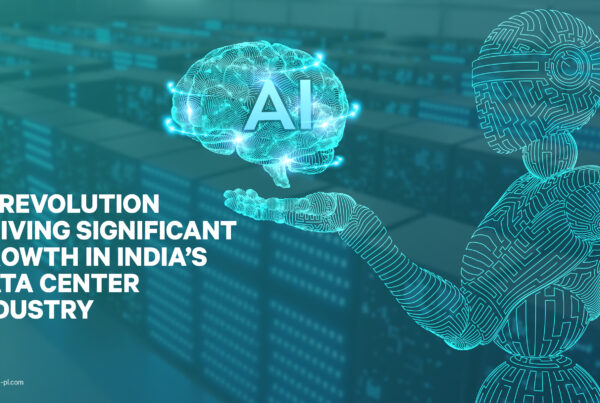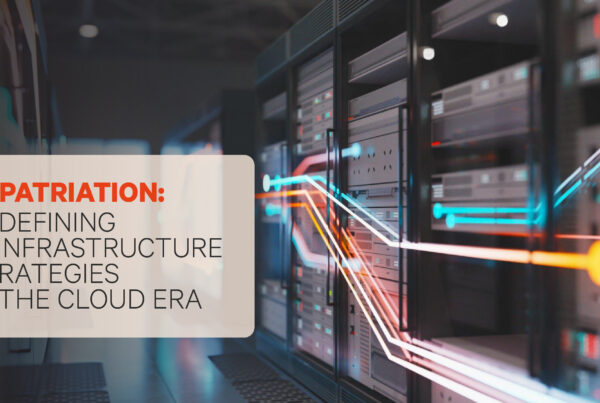In the previous part of this post, we talked about how the recent digital disruptions have caused a proliferation in data creation and consumption, and how the internet users worldwide have doubled and the global internet traffic has grown 12-fold in the last 10 years. This has increased the load on the data centers multifold causing a huge power load by the data centers, but efforts by the government and innovative technology in the industry have helped curtail the energy demand growth from the enterprise data center at 1% of global electricity use in 2019.
Now as promised, in this post we will see how the data center industry is doing today to curtail its power demands in the near future.
A Shift Towards Renewables
As we look forward to emerging digital technologies like machine learning, blockchain, 5G, etc, we know that the demand for data centers and network services will keep increasing steadily in the foreseeable future.
Numerous Information and Communication Technology (ICT) companies have already started investing in renewable energy, to help bring down their carbon footprint and power bills, so much so that these companies accounted for almost half of global corporate renewable procurement in the last 5 years.
Led by Google, the top global corporate companies to invest in renewable in 2019 were all ICT companies, with hyperscale data center operators leading in corporate sector renewable procurement. In 2018, Google and Apple procured/ generated 10TWh and 1.3 TWh of renewable energy respectively, which matched 100% of their data center energy consumption. In 2018, Equinox consumed 92% of its 5.2 TWh from renewables, Facebook used 75% of its 3.2 TWh in renewables, and Amazon and Microsoft sourced half of their data center electricity from renewables.
Although, the ICT giants have taken the leap towards renewable, better data collection and energy-use characteristics can help assist in energy analysis and policymaking. Like, the European Commission included a prominent action for the ICT sector to attain climate neutrality by 2030 while improving data collection and transparency. Similarly, the US Energy Information Administration already collects data on connected devices in homes and commercial buildings, as well as on servers in the data center.
These actions have prompted organizations to increasingly setting voluntary efficiency and carbon dioxide emission targets by adopting voluntary agreements to improve the efficiency of their facilities.
While changing the mode of power addresses the part of the problem, the enterprise data center also needs to focus on reducing the power consumption per se to keep the data centers share of global power consumption capped at 1% of the global energy.
More than 30% of this energy in a data center is utilized by data center cooling technologies. Therefore, this segment has started attracting a lot of innovation and research to help make these solutions green and reduce the overall affinity of power by the data centers. Recent innovations have brought in a revolution in the cooling sphere with Liquid Immersion Cooling, which takes care of all the power woos in the mission-critical facilities.
The demand for data centers and its services will keep growing strongly, driven by media streaming and new technologies like AI, VR, 5G, and blockchain. As the efficiency of the technology currently being used stalls, we need to be prepared with more innovative and efficient solutions that will help us keep up the pace of the growing data demand without increasing the carbon footprint of the enterprise data center.
References:
https://www.iea.org/reports/data-centres-and-data-transmission-networks



